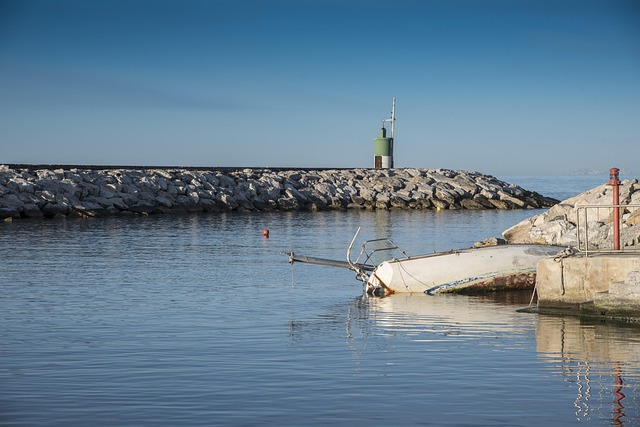Uncovering Sabotage: The Thwarting of Deforestation Efforts
Deforestation is one of the most pressing environmental challenges of our time. Across the globe, countless organizations and individuals dedicate their lives to preserving forests, recognizing the vital role these ecosystems play in combatting climate change, protecting biodiversity, and sustaining indigenous communities. Yet, amidst these earnest efforts, a shadow lingers—acts of sabotage that undermine progress and threaten to unravel hard-won gains.
Imagine spending years building a reforestation project, planting thousands of saplings, educating communities about sustainable land use, only to find your work deliberately destroyed or obstructed. This is the harsh reality faced by many on the frontlines of conservation. Sabotage, in this context, often presents itself through illegal logging operations damaging protected lands, deliberate fires set to wipe out newly planted areas, or false information campaigns that discredit conservation initiatives.
What fuels such destructive actions? The motivations behind sabotage are layered and complex. Economic interests often take center stage; illegal timber trade and land clearance for agriculture or mining can yield short-term profits to those willing to flout laws and ethics. In other cases, social tensions emerge when local communities feel excluded from decisions or perceive conservation efforts as threats to their livelihoods, leading some to resist or even sabotage projects out of frustration or desperation.
The emotional weight of sabotage cannot be overstated. For activists and environmentalists, it can mean a profound sense of betrayal and helplessness. Each instance of sabotage is not just a setback for the environment but a blow to the spirit of those committed to making a difference. For communities relying on forests, sabotage means lost opportunities and increased vulnerability to environmental degradation.
However, recognizing the presence of sabotage also highlights the necessity of resilience and collaborative approaches. Engaging local stakeholders, offering alternative sustainable incomes, and enhancing monitoring technologies can help detect and deter acts of sabotage before they escalate. Transparency and education foster trust, reducing the likelihood that conservation projects are met with hostility.
In the grand fight against deforestation, the threat of sabotage is a daunting adversary. But it is not insurmountable. By understanding its causes and impacts deeply, the global community can devise strategies that empower both people and the planet, ensuring that the green promises we plant today grow strong against the winds of destruction.




